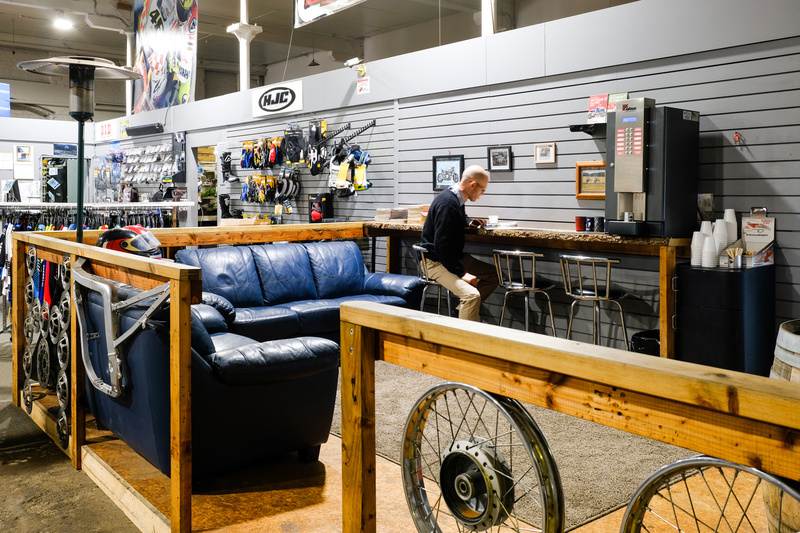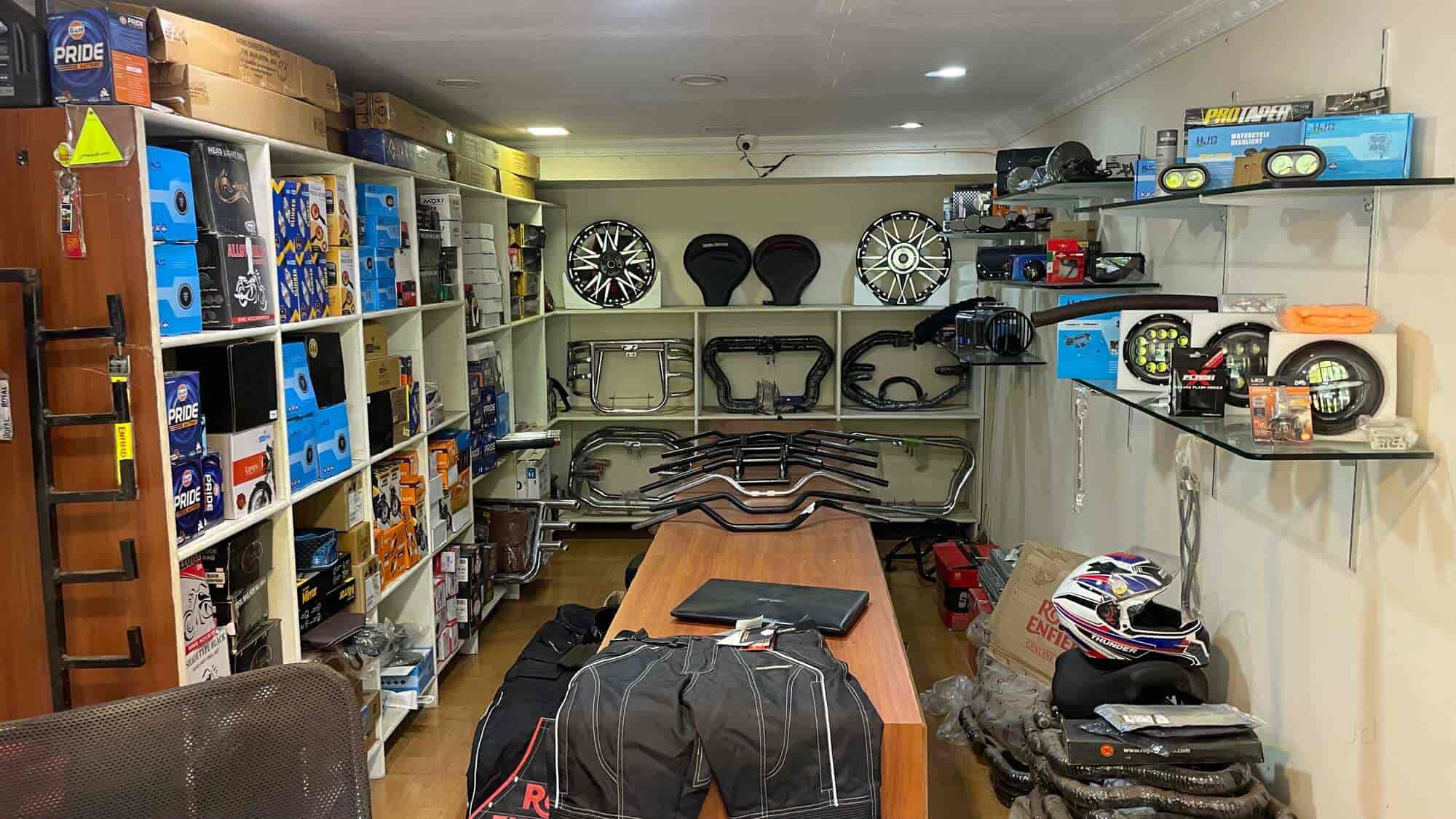Essential Motorcycle Parts NZ for Peak Performance and Security
Essential Motorcycle Parts NZ for Peak Performance and Security
Blog Article
Grasping Bike Gears: How to Enhance Your Riding Experience
In the realm of motorcycling, understanding the art of gear adjustment is vital for enhancing your riding efficiency. Properly using and understanding motorbike equipments can considerably influence fuel, velocity, and control efficiency, transforming an average ride into a smooth, exhilarating journey.
Comprehending Equipment Mechanics
At the core of motorcycle characteristics, equipment auto mechanics play an essential role in converting engine power right into activity, eventually determining rate and control. The equipment ratios, carefully designed, establish the relationship in between engine changes and wheel turns, affecting acceleration and fuel performance.
Recognizing gear mechanics starts with acknowledging the significance of the transmission, which houses numerous equipments of varying sizes. These equipments communicate through a procedure understood as meshing, where teeth of different equipments engage to send power. The precision of this interaction is crucial; any kind of misalignment or damages can result in ineffective power transfer, preventing performance. In addition, the plan and dimension of gears affect the motorbike's ability to manage different loads and rates.
Additionally, the concept of equipment changing is essential to optimizing efficiency. Smooth and timely shifts guarantee that the engine operates within its optimum power band, preventing unnecessary pressure and enhancing durability (motorbike shop). By understanding these mechanical intricacies, motorcyclists can attain a harmonious blend of efficiency, control, and power, boosting their riding experience
Timing Your Shifts
Shift timing mastery is necessary for maximizing motorcycle performance and enhancing the riding experience. Properly timed shifts ensure that the engine operates within its ideal power band, which is vital for keeping control, attaining smooth velocity, and making certain the longevity of the motorcycle. Riders need to create an instinctive feeling of when to move equipments, which includes comprehending the connection between engine transformations per minute (RPM) and speed.
To understand change timing, pay attention to the engine's sound and really feel, as these give essential ideas about when to transform equipments. The excellent change factor normally happens when the engine approaches the upper range of its power band without getting to the redline. Changing too early can lead to an absence of power, while moving too late might trigger unnecessary engine pressure
In addition, road problems and riding style influence change timing. In contrast, during freeway riding, fewer changes at higher speeds can be extra appropriate.
Enhancing Gas Performance
While mastering motorbike equipments is critical for efficiency, enhancing fuel performance is equally essential for both environmental and economic factors. Optimal fuel intake not just decreases operational prices yet also reduces the eco-friendly impact of riding. To attain this, one should comprehend the detailed partnership between gear selection and engine performance.
First of all, picking the appropriate gear at suitable speeds can substantially influence gas intake. Riding in a greater equipment at reduced rates can cause engine carrying, which is harmful he has a good point to both gas economy and engine health and wellness. Conversely, riding in reduced gears at high speeds causes unnecessary fuel usage. Thus, preserving an ideal equilibrium by shifting gears abreast with roadway conditions and expected maneuvers is necessary.
Additionally, regular upkeep plays a crucial duty in fuel efficiency. Guaranteeing that the motorcycle is well-tuned, with tidy air filters and correctly inflated tires, can minimize and improve aerodynamics gas waste. Additionally, embracing a riding design that accepts gradual white dirt bike helmet velocity and smooth deceleration can contribute to far better fuel economy.

Methods for Smooth Transitions
Achieving smooth equipment transitions is essential to enhancing the riding experience and making certain the durability of a bike's transmission system. Appropriate gear changing not only adds to a seamless experience but likewise minimizes deterioration on the mechanical components. To grasp the art of smooth changes, motorcyclists should concentrate on a few crucial strategies.

Second of all, clutch control plays a crucial function. Involving and disengaging the clutch efficiently requires practice. The clutch lever must be launched progressively, enabling a seamless transfer of power from the engine to the wheels without triggering a shock or sudden movement.

Adapting to Road Problems
Browsing diverse road conditions is an essential skill for any type of motorcyclist aiming to preserve control and safety. Whether you're riding on wet surfaces, crushed rock roads, or browsing sharp turns, your capacity to adjust your equipment use and riding strategy is extremely important. Recognizing just how to change your gears appropriately can considerably impact grip and security, making sure a much safer journey.
On wet roadways, it is a good idea to preserve higher equipments to decrease torque and reduce wheel spin. This strategy aids keep hold on slippery surface areas, permitting for smoother acceleration and deceleration. On the other hand, when riding on gravel or uneven surface, lower gears are better. Lower gears give much better control and allow you to react more promptly to unanticipated changes in the roadway surface.
Sharp curves require accurate equipment administration to stabilize speed and control. Downshifting prior to entering a contour can help preserve energy while guaranteeing the bike stays secure throughout the turn. Consistent technique in different problems improves your capacity to respond and anticipate to adjustments in road structure and slope.
Conclusion
Mastering motorcycle gears significantly enhances the riding experience by improving control, acceleration, and fuel performance. Adjusting equipment choice to different road conditions, such as using greater equipments on damp surface areas and reduced gears on gravel, further boosts handling and safety and security.
Recognizing equipment auto mechanics begins with recognizing the significance of the gearbox, which houses numerous equipments of differing sizes. These gears interact via a procedure understood as meshing, where teeth of different gears involve to transfer power (motocross gear). Gentle changes to the throttle throughout gear shifts can prevent jerky activities and preserve a constant riding pace
Whether you're riding on damp surfaces, gravel roadways, or navigating sharp turns, your capacity to adapt your gear use and riding technique is paramount. Adjusting gear selection to numerous road problems, such as utilizing greater equipments on wet surface areas and lower equipments on gravel, more improves handling and safety.
Report this page